Spicy Mexico: 7 Fiery Secrets Behind the World’s Most Addictive Flavors
Table of Contents
- Introduction
- The Holy Trinity: Chilis That Define Mexican Heat
- A History Lit by Fire: The Origins of Spicy Mexico
- Pro Tips: How to Handle the Heat Like a Mexican Chef
- Top 5 Super-Spicy Mexican Dishes You Must Try
- Beyond Taste: How Spice Shapes Mexican Culture
- Myth-Busting: Common Misconceptions About Spicy Food in Mexico
- The Science of Spice: Why We Love the Burn
- Conclusion
Introduction
Mexico doesn’t just bring the heat—it brings it with style, soul, and a centuries-old culinary tradition that can make your taste buds dance and your tears flow (in more ways than one). Welcome to the world of Spicy Mexico, where chili peppers aren’t just ingredients—they’re legends.
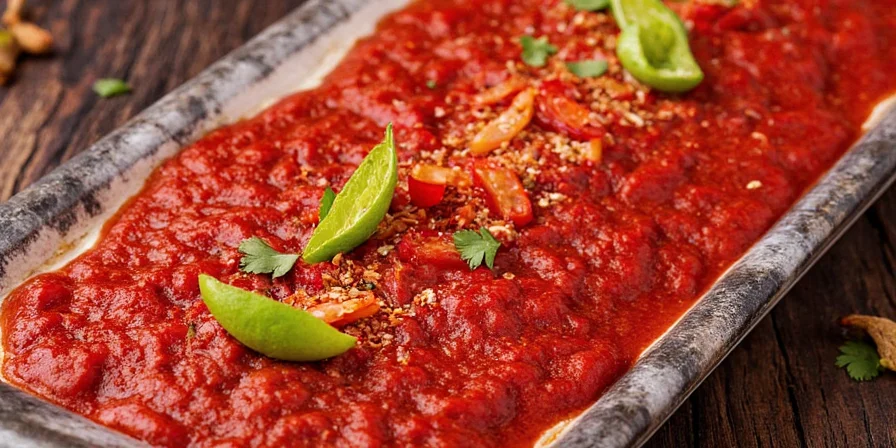
The Holy Trinity: Chilis That Define Mexican Heat
When it comes to authentic Mexican spice, three chili peppers reign supreme. These are the rockstars of the spice rack:
| Chili Name | Heat Level (SHU) | Flavor Profile | Common Uses |
|---|---|---|---|
| Jalapeño | 2,500–8,000 | Grassy, earthy, smoky when roasted | Salsas, nachos, tacos |
| Poblano | 1,000–2,000 | Dark green, mildly spicy, nutty after roasting | Chiles rellenos, mole sauces |
| Habanero | 100,000–350,000 | Fruity, floral, punch-you-in-the-mouth hot | Salsas, marinades, hot sauces |

A History Lit by Fire: The Origins of Spicy Mexico
Long before Columbus showed up and asked for a salsa, Indigenous peoples of Mexico were cultivating chilies as both food and medicine. Archaeological evidence shows chili use dating back over 9,000 years!
In Aztec society, chilies were currency, spiritual symbols, and essential flavor boosters. The famous *Florentine Codex* (written in the 16th century) documents how indigenous people used chilies to treat everything from asthma to toothaches—though we don’t recommend trying that at home today.
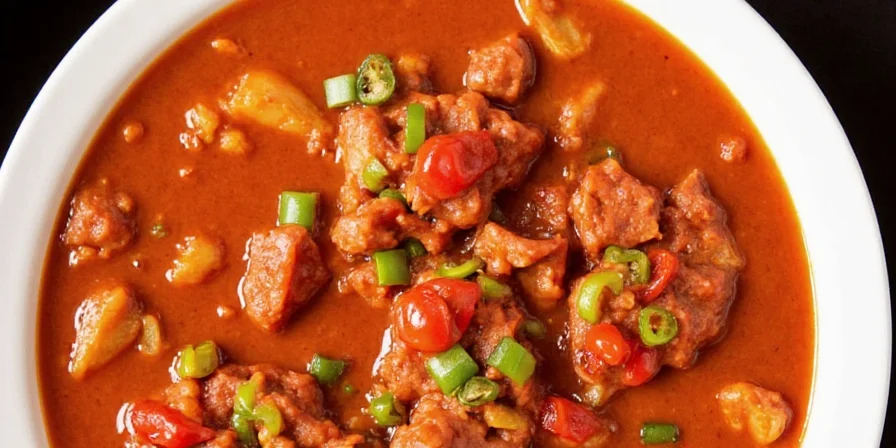
Pro Tips: How to Handle the Heat Like a Mexican Chef
If you’ve ever accidentally touched a habanero and then blinked, you know that respect for the spice is crucial. Here are some real-deal techniques from the pros:
- Roast Your Peppers: This mellows the heat and unlocks deep, smoky flavors.
- Use Seeds Wisely: Most of the capsaicin (the molecule that causes the burn) lives in the seeds and ribs. Remove them if you want less fire.
- Cool It Down: If things get too intense, reach for dairy (like sour cream or yogurt), not water.
- Pair with Sweetness: Mango, pineapple, or even a bit of honey can balance out fiery dishes beautifully.
- Toast Whole Chilis: For dried chilies like guajillo or ancho, toasting in a dry pan enhances flavor without adding extra oil.
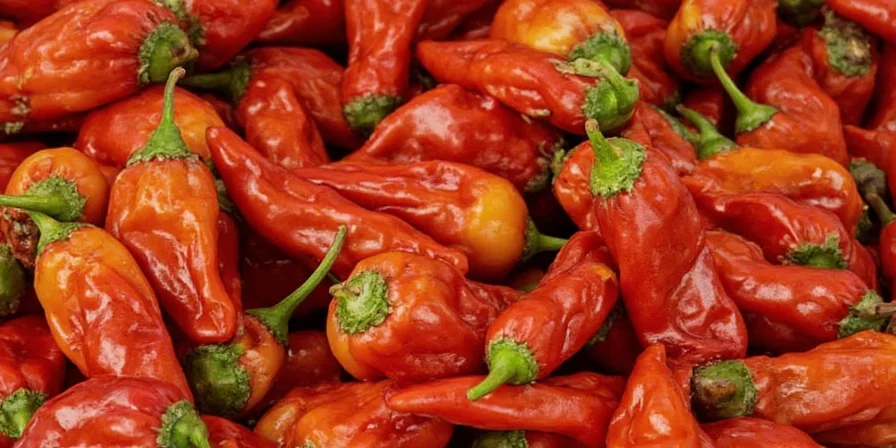
Top 5 Super-Spicy Mexican Dishes You Must Try
From street corners to family kitchens, these dishes show off Mexico’s love affair with spice:
- Mole Negro (Oaxaca): A complex sauce made with smoked and dried chilies, chocolate, and spices. It’s rich, mysterious, and sneaky-hot.
- Chiles en Nogada (Puebla): Stuffed poblano peppers topped with creamy walnut sauce and pomegranate seeds—sweet meets mild heat in this patriotic dish.
- Veracruz-Style Fish Tacos: Lightly spiced with serrano peppers and topped with avocado and lime—surf and turf meets serious kick.
- Yucatán-Style Habanero Salsa: Fruity, smoky, and dangerously good. One spoonful and you might need a fan—or a margarita.
- Chorizo Tacos: Pork sausage seasoned with chili powder, garlic, and vinegar. Spicy, fatty, and utterly addictive.
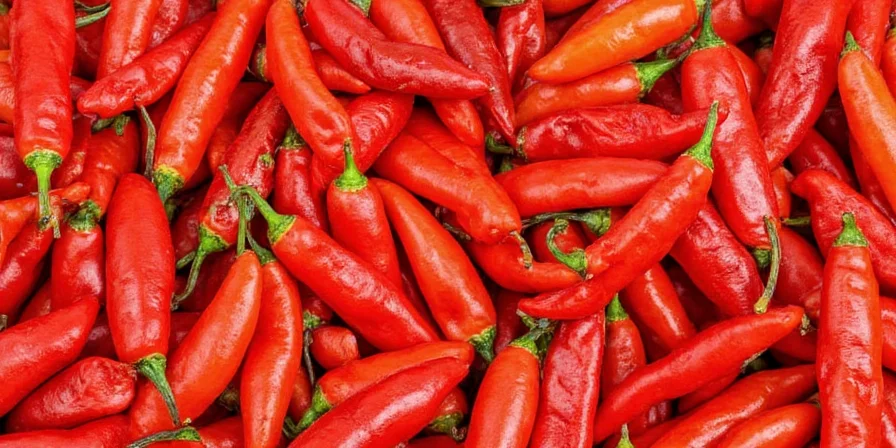
Beyond Taste: How Spice Shapes Mexican Culture
In Mexico, chili peppers are more than just flavor—they’re identity. Festivals celebrate regional varieties, markets proudly display dozens of locally grown types, and families pass down their own special ways of preparing spice-laden salsas and sauces.
In many regions, the level of heat you prefer can say something about your roots. People from Veracruz might go easy on the habaneros, while Yucatecans proudly pile them on. In Jalisco? You better handle your jalapeños.

Myth-Busting: Common Misconceptions About Spicy Food in Mexico
Let’s clear the air with some spicy truth bombs:
- Myth: All Mexican food is super spicy.
Reality: Many traditional dishes are actually mild or balanced with other flavors. - Myth: Capsaicin causes ulcers.
Reality: Studies have shown that capsaicin may actually protect the stomach lining. - Myth: Eating spicy food kills your taste buds.
Reality: While frequent exposure can dull sensitivity slightly, it doesn’t damage your tongue permanently. - Myth: Only certain people can enjoy spicy food.
Reality: Spice tolerance is like muscle memory—you build it up over time.
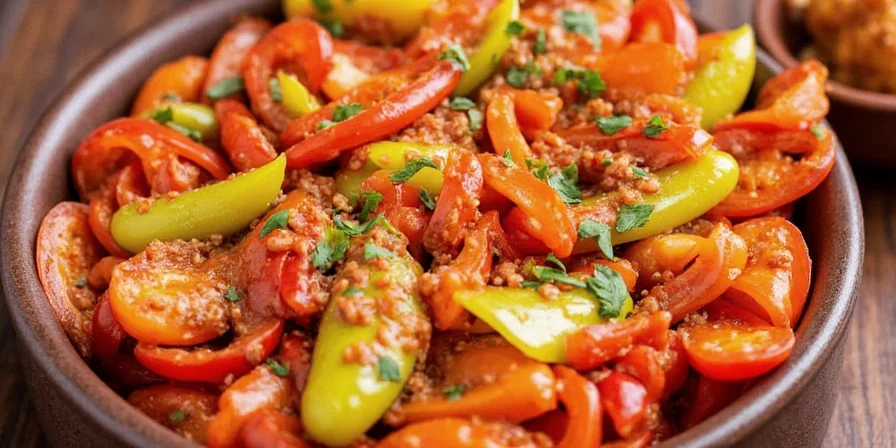
The Science of Spice: Why We Love the Burn
Why do humans willingly eat things that hurt? The answer lies in our brains. When you eat something spicy, your body thinks you’re being burned—but instead of panic, it releases endorphins, creating a natural high.
This “chili rush” explains why so many people chase the burn again and again. In fact, studies suggest that regular consumers of spicy foods may live longer due to improved metabolism and reduced inflammation.
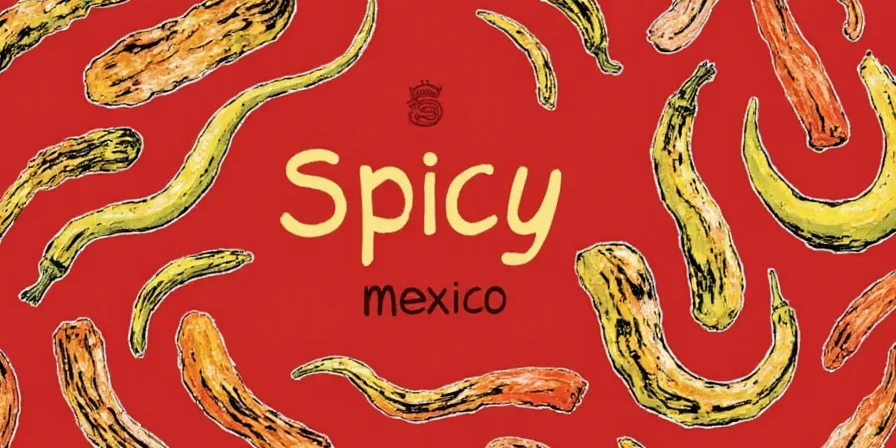
Conclusion
Spicy Mexico is more than a culinary trend—it’s a cultural cornerstone built on thousands of years of tradition, flavor experimentation, and a deep respect for nature’s most powerful pepper. Whether you’re a daring hot-head or just dipping your toe into the chili waters, there’s always something new to discover in the land of spice.
So next time you take a bite of that searing habanero salsa, remember—you’re not just tasting food. You’re tasting history, culture, and a little piece of Mexican soul.
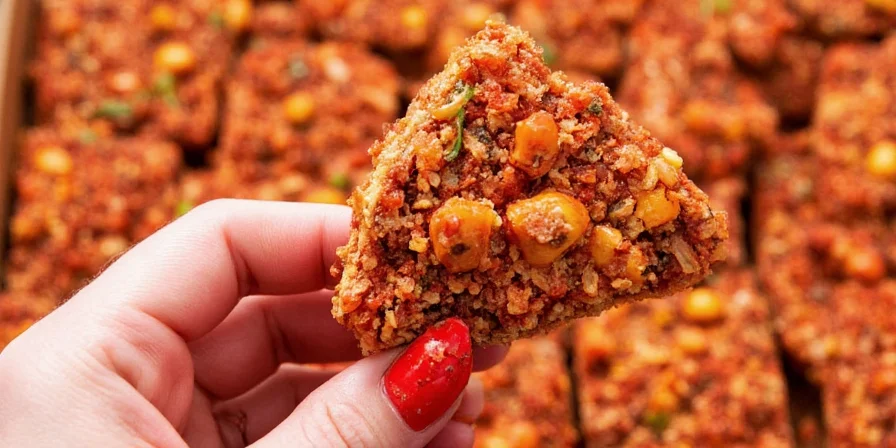

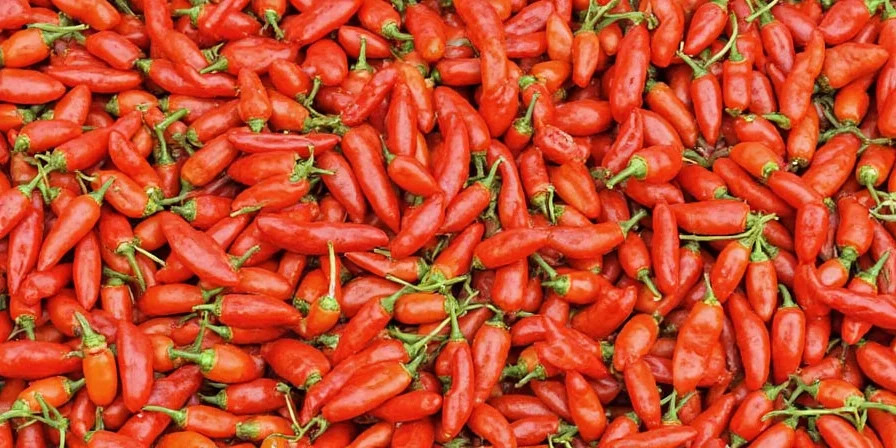









 浙公网安备
33010002000092号
浙公网安备
33010002000092号 浙B2-20120091-4
浙B2-20120091-4